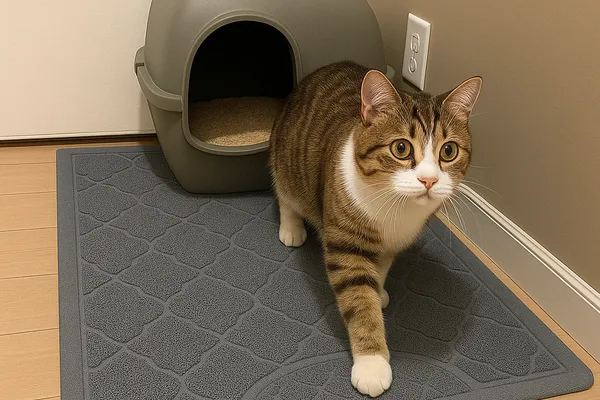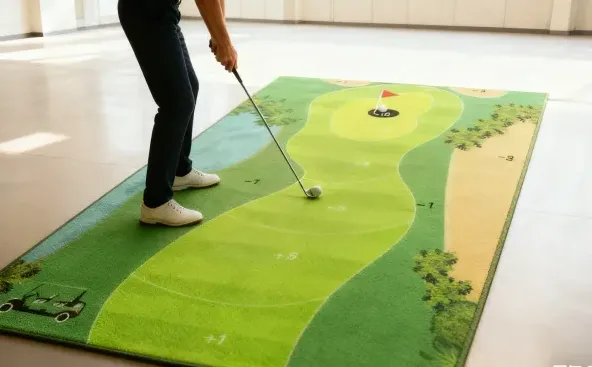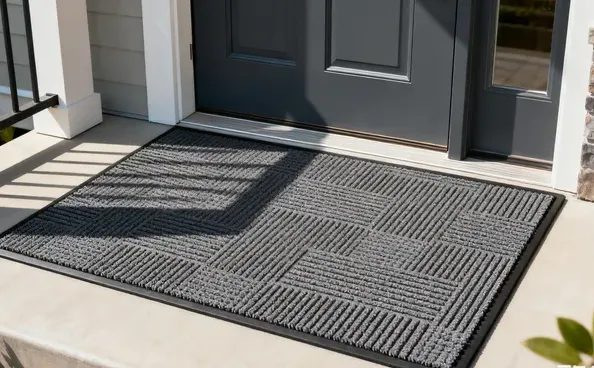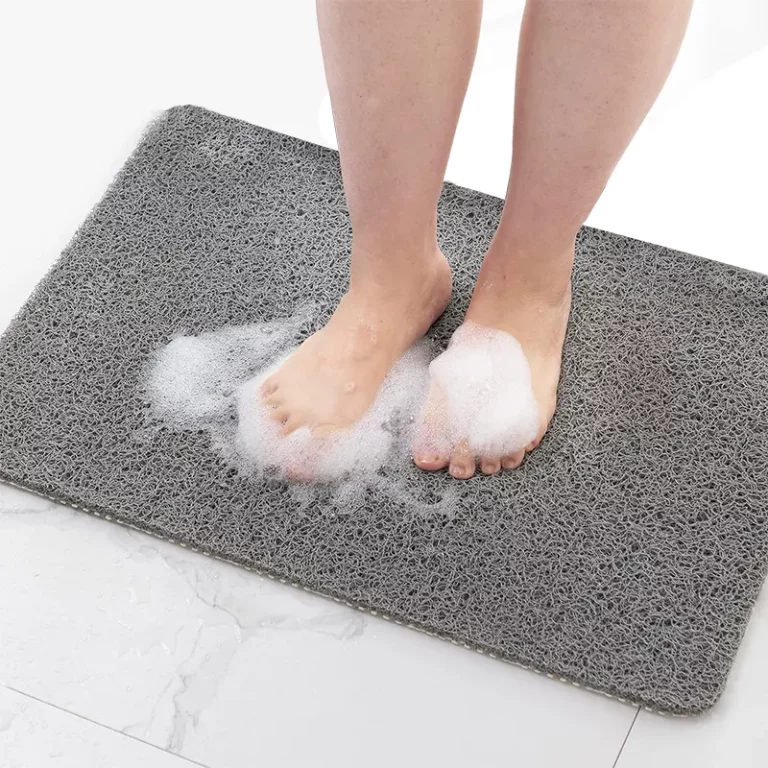The Ultimate Carpet Buying Guide: How to Choose Carpet for Your Home
Are you ready to buy carpet but feeling overwhelmed by the options? Choosing the right carpet can transform your home, adding warmth, comfort, and style to any room. This comprehensive carpet buying guide will walk you through everything you need to know to find the best carpet for your home. From understanding carpet materials to selecting the perfect carpet style, we’ve got you covered. Let’s make your carpet buying journey smooth and enjoyable!

Table of Contents
What Types of Carpet Are Available?
When you start shopping for carpet, you’ll discover a variety of types available, each with its own characteristics and benefits. Understanding the different types of carpet is the first step to choosing the right carpet for your floor.
Cut Pile Carpet
Cut pile carpet is made by cutting the yarn loops, resulting in an upright pile that feels soft underfoot. It’s one of the most common carpet styles and offers a luxurious appearance. Cut pile carpets are versatile and work best in areas like bedrooms and living rooms.
Advantages of Cut Pile Carpet
- Soft Feel: Provides a plush, comfortable surface.
- Variety of Styles: Available in different textures and styles.
- Versatile Use: Suitable for various rooms in your home.
Loop Carpet
Loop carpet, also known as Berber carpet, features uncut loops of yarn on the surface. This carpet style is known for its durability and resistance to stains, making it ideal for high-traffic areas like hallways, family rooms, and offices.
Benefits of Loop Carpet
- Durability: Holds up well under heavy foot traffic.
- Stain Resistance: Loops prevent spills from penetrating deep into the carpet.
- Distinctive Look: Offers a unique, textured appearance.
Cut and Loop Carpet
Cut and loop carpet combines both cut fibers and loops, creating patterns and textures that can hide dirt and footprints. This type of carpet adds visual interest and is great for active households.
Why Choose Cut and Loop Carpet?
- Patterned Designs: Creates stylish patterns on your floor.
- Conceals Dirt: Ideal for busy areas where dirt may accumulate.
- Versatile: Suitable for both formal and casual spaces.
How to Choose the Right Carpet Fiber?
Carpet fiber is the material the carpet is made from, and it significantly impacts the carpet’s performance, feel, and longevity. Selecting the right carpet fiber is essential to ensure your new carpet meets your expectations.
Nylon Carpet
Nylon is the most popular synthetic carpet fiber due to its durability and resilience. It resists wear, abrasion, and stains, making it an excellent choice for high-traffic areas and homes with kids or pets.
Advantages of Nylon Carpet
- Durable: Withstands heavy use without matting.
- Stain Resistant: Often treated to resist stains.
- Versatile: Available in various styles and colors.
Polyester Carpet
Polyester carpet offers vibrant colors and a soft feel underfoot. While it’s less durable than nylon, it provides good value and is suitable for bedrooms and areas with moderate traffic.
Benefits of Polyester Carpet
- Softness: Feels luxurious and comfortable.
- Color Retention: Holds colors well without fading.
- Eco-Friendly Options: Some polyester carpets are made from recycled materials.
Wool Carpet
Wool carpet is a natural fiber known for its softness, warmth, and durability. It’s a premium carpet material that adds luxury to your home.
Why Choose Wool Carpet?
- Natural Material: Eco-friendly and biodegradable.
- Excellent Insulation: Provides warmth and sound absorption.
- Long-Lasting: Can last for decades with proper care.
Synthetic Carpet Fibers
Other synthetic carpet fibers include olefin (polypropylene) and triexta. Olefin is moisture-resistant and suitable for basements and outdoor areas, while triexta offers softness with durability similar to nylon.
Considerations for Synthetic Fibers
- Budget-Friendly: Often less expensive than natural fibers.
- Moisture Resistance: Good for damp areas.
- Color Choices: Wide range of colors available.

What Carpet Style Is Best for Your Lifestyle?
Choosing the right carpet style affects both the appearance and performance of your carpet. Consider how you use the room and your personal preferences when selecting a carpet style.
Plush Carpet
Plush carpet has a dense, luxurious feel with a smooth surface. It’s ideal for formal areas but may show footprints and vacuum marks.
Features of Plush Carpet
- Elegant Look: Adds sophistication to living rooms and dining rooms.
- Soft Underfoot: Comfortable for bare feet.
- Color Uniformity: Provides a consistent color throughout.
Textured Carpet
Textured carpet has alternating twists of yarn, giving it a two-tone appearance that helps hide dirt and footprints. It’s a common carpet choice for active households.
Benefits of Textured Carpet
- Durable: Handles wear and tear well.
- Low Maintenance: Hides marks and stains.
- Versatile: Suitable for any room, including bedrooms and family rooms.
Frieze Carpet
Frieze carpet features long, twisted fibers creating a shaggy, informal look. It’s durable and great for hiding seams and dirt.
Advantages of Frieze Carpet
- Casual Style: Perfect for relaxed spaces.
- Hides Imperfections: Conceals footprints and vacuum lines.
- Durability: Twisted fibers resist matting.
How Does Carpet Pad Affect Your New Carpet?
A carpet pad, or underlay, is the layer of cushioning placed under the carpet. It plays a vital role in the carpet’s performance and longevity.
Importance of Carpet Pad
- Comfort: Adds cushioning, making the carpet feel softer.
- Durability: Protects the carpet backing and fibers, extending the life of your carpet.
- Insulation: Enhances thermal and sound insulation.
Types of Carpet Pad
- Rebond Pad: Made from recycled foam, it’s common and cost-effective.
- Foam Pad: Provides softness but may compress over time.
- Rubber Pad: Durable and offers excellent support, ideal for high-traffic areas.
Tips for Choosing Carpet Pad
- Match to Carpet Type: Ensure the pad suits the carpet’s specifications.
- Thickness Matters: Thicker isn’t always better; follow manufacturer recommendations.
- Quality Over Cost: Invest in a quality pad to protect your carpet investment.
How to Determine the Best Carpet for High-Traffic Areas?
High-traffic areas like hallways, stairs, and family rooms need carpets that can withstand constant use without showing wear.
Factors to Consider
- Carpet Fiber: Nylon and wool are highly durable.
- Carpet Style: Loop carpet or textured carpet resists matting.
- Face Weight: Higher face weight indicates more fibers and increased durability.
Recommendations for High-Traffic Areas
- Choose Durable Fibers: Opt for nylon carpet or wool carpet.
- Stain Resistance: Look for carpets with stain protection treatments.
- Professional Installation: Ensures proper stretching and reduces wear.
What Are the Different Carpet Installation Options?
Understanding carpet installation methods helps you plan your project and select the best option for your home improvement.
Stretch-In Installation
Involves stretching the carpet over a carpet pad and securing it with tack strips around the room’s perimeter. It’s the most common method for residential installations.
Benefits
- Comfort: Works best with a quality carpet pad for cushioning.
- Adjustable: Carpet can be re-stretched if needed.
Glue-Down Installation
The carpet is glued directly to the floor without a pad. There are two types: direct glue-down and double glue-down (with pad).
Advantages
- Stability: Ideal for areas with rolling traffic.
- Low Profile: Suitable for commercial settings or areas with doors that swing low.
Carpet Tile Installation
Carpet tiles are square sections that can be arranged in various patterns. They’re easy to install and replace individually.
Benefits
- DIY-Friendly: Can be installed without professional help.
- Versatile Design: Mix and match tiles for creative designs.
- Easy Maintenance: Replace damaged tiles without redoing the entire floor.
How to Shop for Carpet and Get the Best Deal?
Shopping for carpet involves considering quality, cost, and aesthetics to find the best carpet for your budget.
Set a Budget
Determine how much carpet you’ll need and set a realistic budget, considering both the carpet cost and installation fees.
Research Carpet Options
- Visit Showrooms: See and feel the carpets in person.
- Compare Brands: Look for reputable carpet manufacturers.
- Read Reviews: Learn from others’ experiences.
Negotiate and Look for Promotions
- Ask for Discounts: Many retailers offer seasonal promotions.
- Bundle Installation: Some stores offer deals when you purchase carpet and installation together.
- Consider Remnants: Leftover pieces from other projects may be available at reduced prices.
How to Find a Professional Carpet Installer?
A skilled carpet installer ensures your carpet looks great and performs well over time.
Steps to Find the Right Installer
- Get Referrals: Ask friends, family, or the carpet retailer for recommendations.
- Check Credentials: Verify licensing, insurance, and certifications.
- Review Portfolios: Look at previous work to assess quality.
- Obtain Multiple Quotes: Compare services and prices to find the best value.
Questions to Ask Potential Installers
- Experience: How long have they been installing carpet?
- Warranty: Do they offer a warranty on their work?
- Timeline: How long will the installation take?
- Cleanup: Do they handle disposal of old carpet and cleaning after installation?
What Is the Importance of Carpet Maintenance?
Regular maintenance keeps your carpet looking its best and helps it last longer.
Daily Care
- Vacuum Regularly: Removes dirt and debris that can damage fibers.
- Address Spills Immediately: Blot spills to prevent stains from setting.
Professional Care
- Deep Cleaning: Have your carpet professionally cleaned every 12-18 months.
- Follow Manufacturer Guidelines: Maintains carpet warranties and ensures proper care.
Tips for Prolonging the Life of Your Carpet
- Use Doormats: Reduce dirt tracked into the house.
- Rotate Furniture: Prevents uneven wear.
- Protect High-Traffic Areas: Use area rugs or runners.
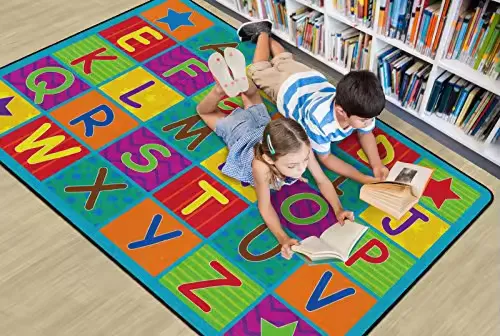
Ready to Buy Carpet? Tips to Choose the Best Carpet for Your Home
As you prepare to buy carpet, keep these final tips in mind to make the best choice.
Evaluate Your Lifestyle Needs
- Family Dynamics: Consider kids, pets, and how often you entertain.
- Room Usage: Bedrooms may need softer carpets, while hallways require durability.
- Allergy Concerns: Opt for hypoallergenic carpet options if needed.
Color and Aesthetics
- Light Colors: Make rooms appear larger but may show stains.
- Dark Colors: Hide dirt but can make spaces feel smaller.
- Patterns and Textures: Add visual interest and hide imperfections.
Understand Carpet Warranties
- Read the Fine Print: Know what’s covered and required maintenance.
- Installation Requirements: Some warranties are void without professional installation.
- Keep Documentation: Save receipts and warranty information.
Plan for Installation
- Prepare the Space: Clear furniture and fragile items.
- Communicate with Installer: Discuss any concerns or special instructions.
- Plan for Old Carpet Removal: Decide if you’ll handle it or have the installer do it.
For more flooring options, explore our Kids Mats that combine comfort and fun for your little ones. Enhance safety and style in your home with our Non-Slip Stair Mats designed for durability. If you’re environmentally conscious, check out our Eco-Friendly Cat Litter Mats that are kind to your home and the planet.
Important Points to Remember
- Understand Carpet Types: Knowing the different types of carpet helps you select the best option for each room.
- Choose the Right Fiber: Carpet fibers affect durability, feel, and maintenance.
- Consider Carpet Style: Match the carpet style to your lifestyle and aesthetic preferences.
- Invest in Quality Pad: A good carpet pad improves comfort and extends your carpet’s life.
- Plan for High-Traffic Areas: Select durable carpets with stain resistance for busy spaces.
- Shop Wisely: Compare options, get samples, and read reviews to find quality carpet at the best price.
- Professional Installation Matters: A skilled installer ensures your carpet looks great and lasts.
- Maintain Your Carpet: Regular care keeps your carpet looking new and prolongs its lifespan.
- Understand Warranties: Know what’s covered and how to maintain your warranty.
- Prepare for Installation: Proper planning makes the installation process smooth.
By following this carpet buying guide, you’re equipped with the knowledge to choose the best carpet for your home. Remember, the right carpet not only enhances your home’s beauty but also provides comfort and functionality for years to come. Happy carpet shopping!

